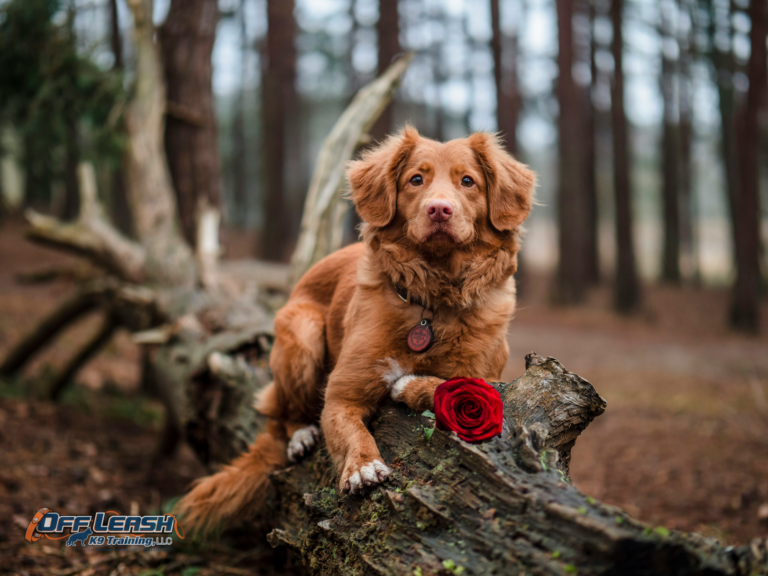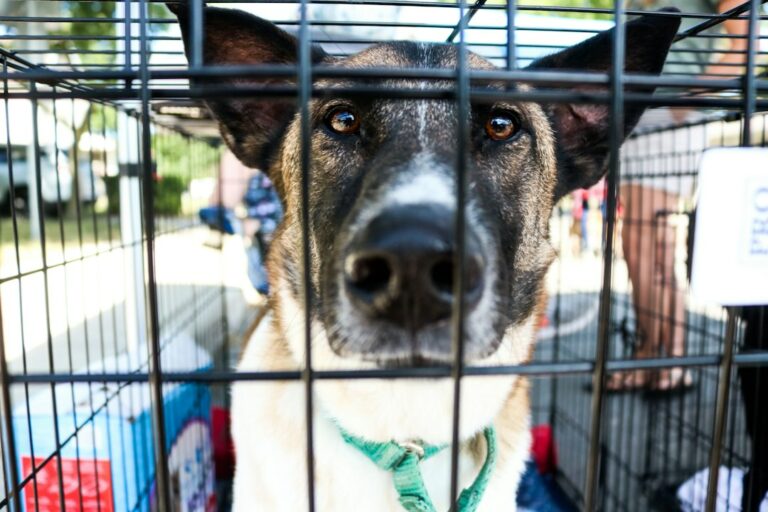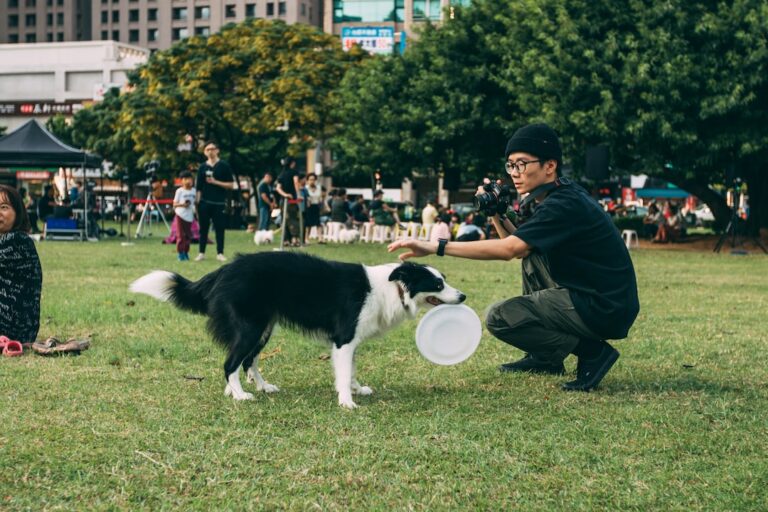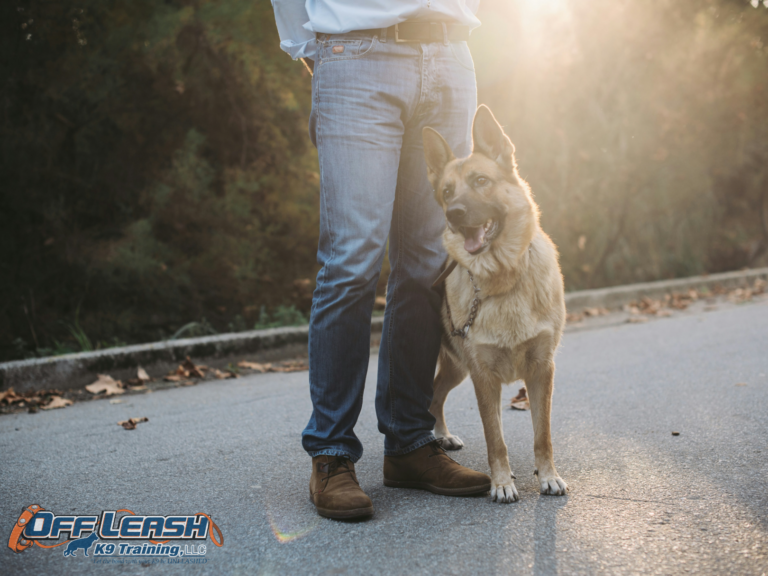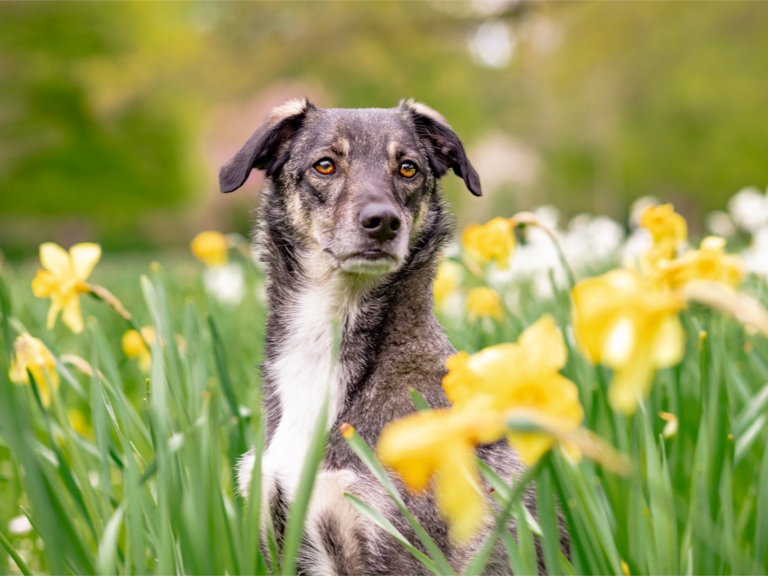The Lifesaving Guide: Building the Ultimate Doggy First Aid Kit
Ensure your furry companions well-being and recovery by understanding the importance of having a well-prepared doggy first aid kit, including essential items, customization based on activities and location, and regular maintenance and review.
Introduction: Understanding the Significance of a Doggy First Aid Kit
Emergencies with our pets can unfold in the blink of an eye, underscoring the critical importance of a doggy first aid kit for every pet owner. Such a kit isn’t merely a collection of supplies; it’s a lifeline that empowers you to provide immediate care in the face of accidents or sudden health issues. With items specifically chosen to address the most common canine emergencies, these kits enable pet owners to administer first aid that can significantly mitigate pain, prevent infections, and stabilize conditions until professional help is available. This readiness not only improves the chances of a positive outcome for your pet but also provides peace of mind knowing you’re prepared to tackle emergencies head-on.
The value of a well-assembled doggy first aid kit extends beyond its contents. It represents a commitment to your pet’s health and safety—a proactive step that underscores the special bond between pets and their owners. By equipping yourself with the necessary tools and knowledge, you’re positioned to act decisively and confidently, providing comfort and care when it’s needed most. Whether it’s a minor scrape from an adventurous day out or a more serious situation requiring urgent attention, having a doggy first aid kit at hand is indispensable. It’s not just an investment in emergency supplies; it’s an investment in your pet’s well-being and your capability to protect them in every situation. Make sure to have a well-prepared dog first-aid kit with essential items like tweezers, bandages, hydrogen peroxide, and activated charcoal.
 Essential Items for Your Doggy First Aid Kit
Essential Items for Your Doggy First Aid Kit
Creating a doggy first aid kit is an essential step for every pet owner, aiming to provide immediate care in case of emergencies. The kit should be comprehensive, covering not just the basics but also including tools and supplies for a wide array of potential issues. Key items that should not be overlooked are nail clippers for managing torn nails, antiseptic wipes for cleaning wounds, blunt-tipped scissors for cutting bandages without injuring your pet, gloves to maintain hygiene, and a clean bath towel that can serve multiple purposes from drying your dog to acting as a makeshift stretcher. A slip leash is critical for safely controlling your dog if they’re injured, while treats can be invaluable in calming or distracting them during stressful situations. An ice pack is crucial for addressing swelling or heatstroke, and tick remover or tweezers are essential for safely removing ticks or splinters. Epsom salts can provide relief for sore paws, and eye wash is necessary for flushing out debris. Additionally, a dog thermometer, probiotics, your dog’s prescriptions, emergency phone numbers, a collapsible bowl, and a waterproof container to keep everything organized and dry are indispensable.
Customizing Your Doggy First Aid Kit Based on Activities and Location
Tailoring your doggy first aid kit to your pet’s lifestyle and the activities you both enjoy together is not just thoughtful—it’s essential for their safety and well-being. For instance, if your dog thrives on hiking or camping trips, including outdoor-specific items such as protective booties to safeguard their paws against rough terrain, or a lightweight, absorbent towel for drying off after a dip in a lake, becomes critical. These additions protect them from common injuries and discomforts that can occur in nature. Conversely, for dogs that are more urban dwellers, having reflective gear or paw protectants against hot pavements might be more pertinent. Moreover, for pets with chronic conditions or specific health needs, the kit should be customized with their medication, hypoallergenic bandages, or any other specialized care items they might require in an emergency.
Understanding the unique risks associated with your usual environments and activities allows you to prepare a first aid kit that is both practical and effective. Whether you’re planning a serene beach day or an adventurous hike, consider the potential hazards of each setting, such as heatstroke or encounters with wildlife, and equip your kit accordingly. This proactive approach not only ensures you’re ready to tackle minor issues on the spot but also prepares you to stabilize your pet’s condition in more serious emergencies until professional help can be sought. Aligning the kit’s contents with your own competence in using them ensures that in times of stress, you’re able to act quickly and confidently, providing the best immediate care for your furry companion.
Items to Avoid in Your Doggy First Aid Kit
Creating a doggy first aid kit requires not only knowing what essentials to include but also understanding what items to avoid. It’s crucial for pet owners to recognize that certain medications safe for humans can be harmful, or even deadly, to dogs. Human over-the-counter pain medications, such as ibuprofen and acetaminophen, can lead to serious health complications in dogs, including kidney damage and liver failure, and should therefore never find their way into your pet’s first aid supplies. This highlights the importance of consulting a veterinarian before administering any medication not specifically prescribed for your pet.
Regular Maintenance and Review of Your Doggy First Aid Kit
Maintaining the integrity and readiness of your doggy first aid kit is not just about having the right items; it’s about ensuring those items are in prime condition and ready to use when emergencies strike. This means regular checks are crucial. Every few months, take time to go through your kit. Look for items that have been used and need replenishing, check the expiration dates on all medications and replace them as needed, and verify that all emergency contact information, including that of your veterinarian and local animal hospital, is up to date. This regular review process also provides an excellent opportunity to reassess your dog’s needs based on any recent health issues, changes in lifestyle, or planned activities that might necessitate additional items in the kit.
How a Doggy First Aid Kit Can Save Your Pet’s Life
Having a doggy first aid kit is not just about being prepared; it’s about giving your pet the best chance at recovery in the critical moments following an accident or the onset of sudden illness. The right tools and knowledge can bridge the gap between the incident and professional veterinary care, significantly impacting your pet’s chances for a full recovery. For instance, knowing how to properly clean and dress a wound can prevent infection, while administering the correct dose of an emergency medication like Benadryl can stave off a potentially life-threatening allergic reaction. This immediate response can reduce the severity of the situation before professional medical help is available, ensuring that your pet remains stable.
Off Leash K9 Training of Corpus Christi: Ensuring Your Dog’s Safety and Well-being
Having a comprehensive doggy first aid kit is a vital component of pet care, yet equally important is the need for understanding and effectively managing your dog’s behavior to avoid emergencies before they occur. Off Leash K9 Training of Corpus Christi excels in forging deep connections between dogs and their owners using techniques that are both safe and proven to be effective. Their programs focus on behavior modification, which goes hand in hand with the preventative aspect of using a doggy first aid kit. For instance, properly trained dogs are less likely to run off during walks or get into dangerous situations that could result in injury. This dual approach of combining physical preparedness with behavioral training ensures a well-rounded strategy for your pet’s health and safety.


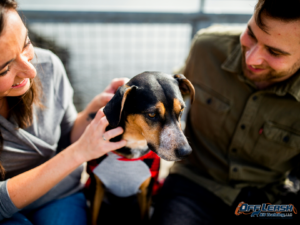 Essential Items for Your Doggy First Aid Kit
Essential Items for Your Doggy First Aid Kit

